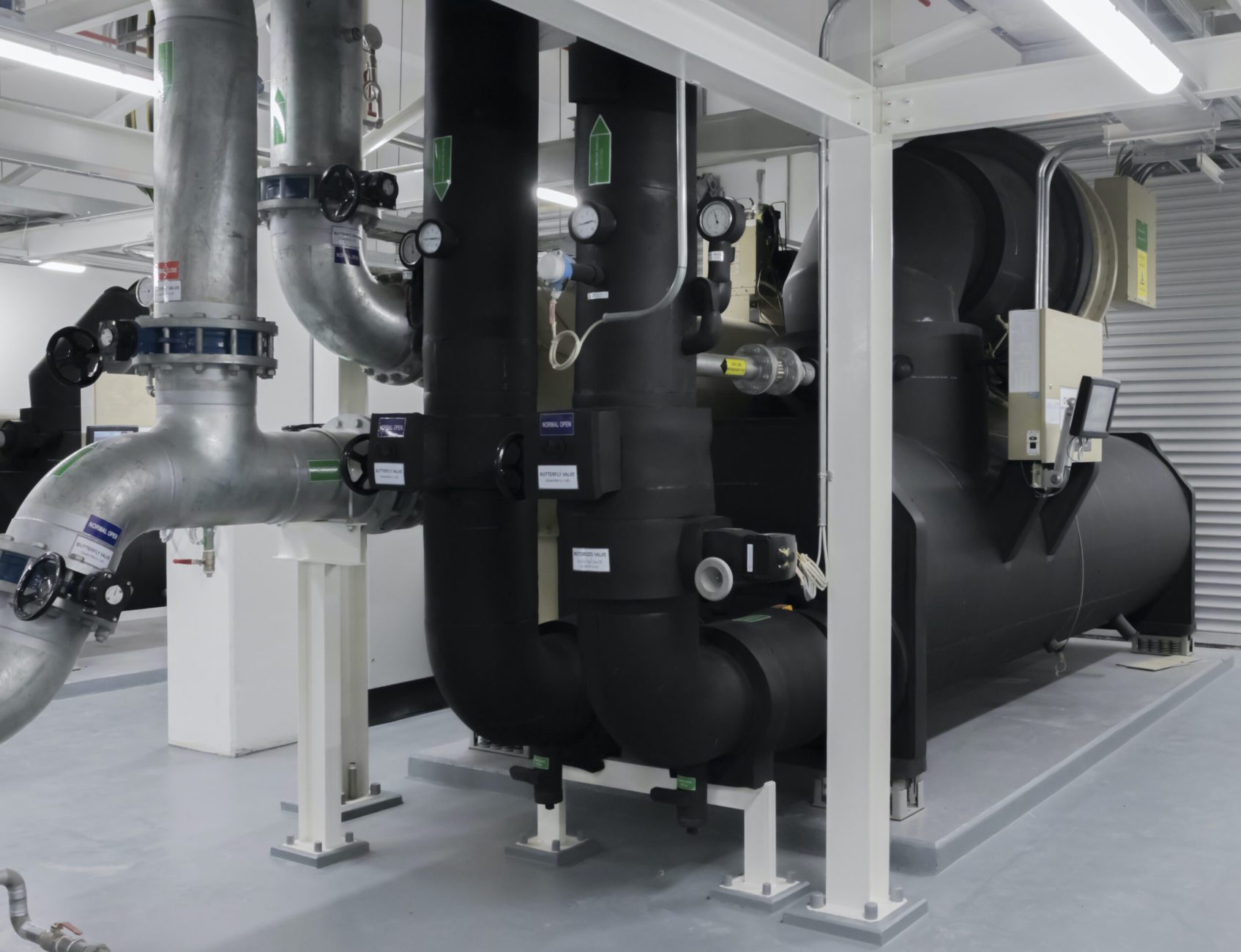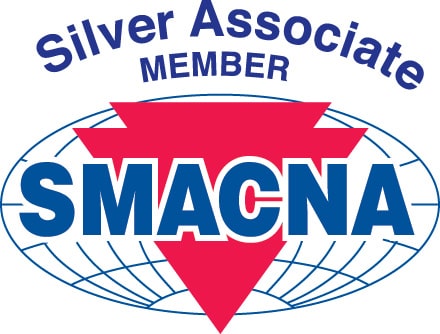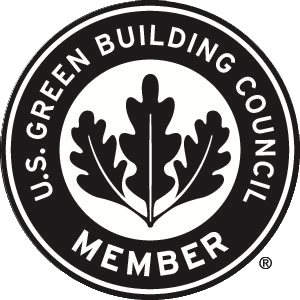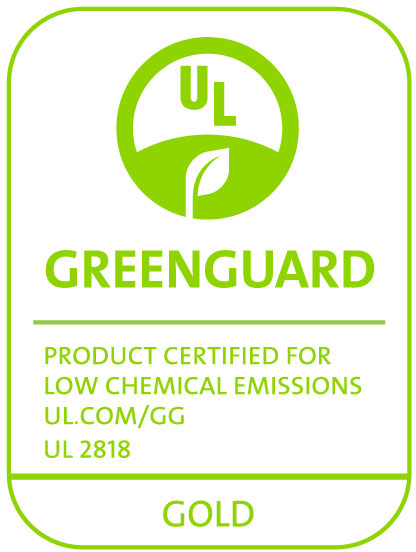
With so many options to choose from, it can be a true challenge to choose the best chilled water insulation for your client projects. The intent of this post is to help you sort through the key performance characteristics in order to determine the most favorable chilled water insulation to meet your owner’s project requirements (OPR’s).
Chilled water systems (CHW) play a critical role in delivering conditioned air to occupant spaces and ultimately contributing to occupant comfort in buildings. CHW, a sub-system of an HVAC system, recirculates water that is chilled via refrigeration through piping, equipment, and ductwork. A typical CHW supply temperature is 42°F [5.6°C]. Chilled water insulation is a key component of any chilled water system design.
A top HVAC design objective of chilled water systems is to control condensation since chilled water systems typically operate in below-ambient conditions. Condensation is a constant threat to a CHW system that can negatively impact energy efficiency, propagate mold growth and catalyze corrosion under insulation (CUI). Selecting the right chilled water insulation will control condensation provided that it is installed per the manufacturer’s written instructions.
Two important environmental factors to consider with regard to condensation control are the project location’s ambient temperatures and relative humidity. Project locations near bodies of water pose a greater challenge than those located inland or in desert regions. Average annual ambient temperatures and relative humidity of the project location are crucial factors when choosing the correct chilled water insulation and insulation thickness.
Owner project requirements usually address first costs, energy efficiency, and maintenance costs. Mechanical insulation can deliver solutions to all of the above. By choosing the right chilled water insulation, OPR’s can be achieved.
Since chilled water systems have unique designs and requirements, one chilled water insulation type does not typically address all facets of CHW. Often, multiple insulation types are specified and installed together to achieve the mechanical engineer’s design objectives for energy efficiency, condensation control, maintenance costs and others.
The most common chilled water insulation types include:
- Fiberglass with ASJ jacket + PVC jacket over fittings
- Closed Cell Elastomeric
- Polyisocyanurate with PVC jacket over fittings
- Cellular Glass with PVC or aluminum jacket over fittings
While each chilled water insulation type listed above offers performance benefits, closed-cell elastomeric foam insulation is an excellent all-around chilled water insulation choice for the following reasons:
- Closed-cell structure (repels moisture, does not wick or absorb moisture)
- Built-in vapor retarder (low permeability, jacket not required for most applications)
- Flexible (less breakage and material loss than rigid closed-cell insulation types, easier to insulate chillers, pumps, control valves, heat exchangers)
- Low thermal conductivity (reduced thickness when compared to cellular glass)
- Mold-resistant (inherent or biocides added)
- Low-emitting (VOC’s)
- Low installed cost (no separate fabrication step, faster to field fabricate over HVAC equipment)
When evaluating closed-cell elastomeric chilled water insulation options, it’s critical to check manufacturer datasheets for the following performance criteria:
- Chemical polarity: polar or nonpolar
- Water vapor permeability (WVP): values are in perms-inch; the lower the better; WVP will determine if a supplemental vapor barrier or jacket is required
- Thermal conductivity (K-value): values typically range from 0.237 and up; again, the lower the better
- Upper continuous service temperature: typically 220°F [104°C]
- Safe for stainless steel piping
- UV resistance
- Aeroflex EPDM is nonpolar; EPDM is hydrophobic and does not induce or react with moisture; standard NBR/PVC is hygroscopic and attracts moisture
- Aeroflex EPDM has a WVP of 0.02 perm-inch without a supplemental vapor retarder; many chilled water insulation types require a vapor retarder
- Aeroflex EPDM’s k-value is 0.245 at a mean temperature of 75°F; some manufacturer’s k-values increase significantly as insulation thicknesses increase; higher k-values drive up chilled water insulation thicknesses
- Aeroflex EPDM has an upper continuous service temperature threshold of 257°F [125°C]
- Aeroflex EPDM is safe over stainless steel piping due to its ultra-low chloride content with added corrosion inhibitors; will not cause external stress corrosion cracking (ESCC)
- Aeroflex EPDM possesses greater UV resistance than traditional NBR/PVC closed-cell elastomeric chilled water insulation
Source: National Insulation Association:
https://insulation.org/io/











